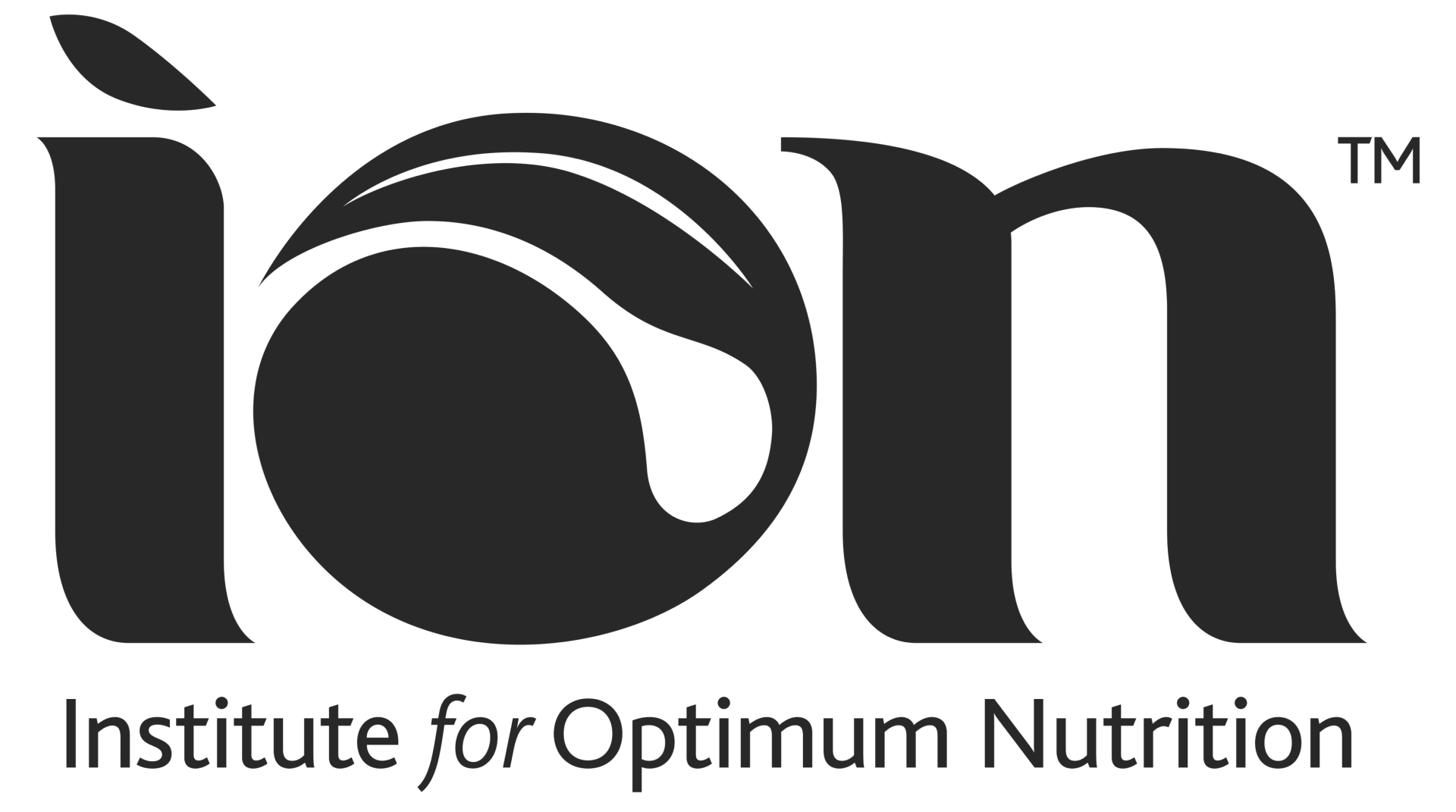Risk factors include:
- Smoking
- High blood pressure
- Diabetes
- Overweight/obesity
- Low levels of physical activity
However, there are ways to lower your risk through diet and lifestyle.
Anthocyanins, found predominantly in red, purple and blue plant foods, are rich in antioxidants which may help to prevent injury to the vascular system…
Quit smoking
Nearly 20,000 UK heart and circulatory disease deaths are attributed to smoking each year, according to the British Heart Foundation. It also negatively impacts lung health and is the largest cause of cancer in the world, being associated with at least 14 different types.
The good news is as soon as we quit, the body begins to heal. Find ways to quit smoking here.
Eat a rainbow-coloured diet
A diet that is rich in fibre and good quality fats (e.g oily fish, nuts and seeds) and low in refined sugars is important in lowering CVD risk.
But why a rainbow-coloured diet? Anthocyanins, found predominantly in red, purple and blue plant foods, are rich in antioxidants which may help to prevent injury to the vascular system.
Elderberry, beetroot juice, summer berries, red cabbage and black grapes are all good sources.
Cherries may also be beneficial; one study on men who showed signs of early raised blood pressure found 60ml of tart cherry juice consumed each day before a meal was found to lower blood pressure.
These foods are also rich in vitamin C, which is thought to be helpful for increasing the blood flow after prolonged periods of sitting.
Physical activity
Just three hours of being sedentary can significantly impair the efficient functioning of the lining of the blood vessels. Light activity breaks, taken hourly, are recommended to prevent this from happening.
It’s also important to make sure that you are meeting the recommended 150 minutes of moderate to vigorous activity each week.
It’s never too late to start. One study that analysed self-reported activity levels of more than 11,000 American adults concluded that increasing physical activity to recommended levels over just six years in middle age was associated with a significantly decreased risk of heart failure.
Chiadi Ndumele, the senior author of the report, said: “In everyday terms our findings suggest that consistently participating in the recommended 150 minutes of moderate to vigorous activity each week, such as brisk walking or biking, in middle age may be enough to reduce your heart failure risk by 31%.
“Additionally, going from no exercise to recommended activity levels over six years in middle age may reduce heart failure risk by 23%.”
Reduce stress
A study published in The Lancet also found that continuous and chronic stress could increase your risk of CVD. Using brain scans, it suggested that when you are stressed, your amygdala (an area of the brain that deals with stress) signals to the bone marrow to produce extra white blood cells. This in turn causes the arteries to become inflamed, leading to a risk of heart attack, angina and stroke.
Whilst a good diet and taking regular physical activity go hand in hand with reducing stress, so too can mediation and establishing a bedtime routine, as well as taking time out to breathe.






